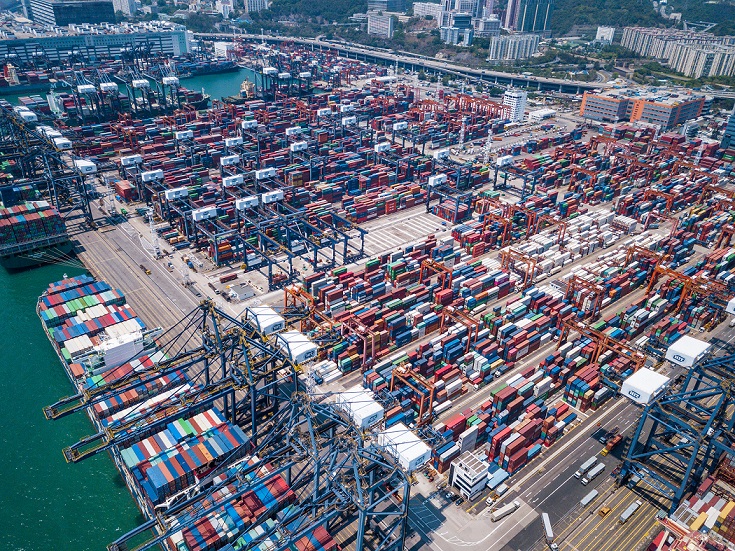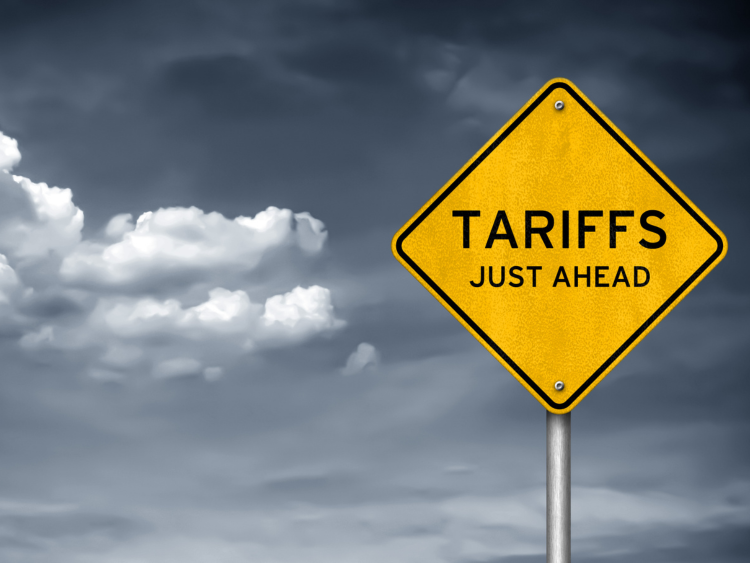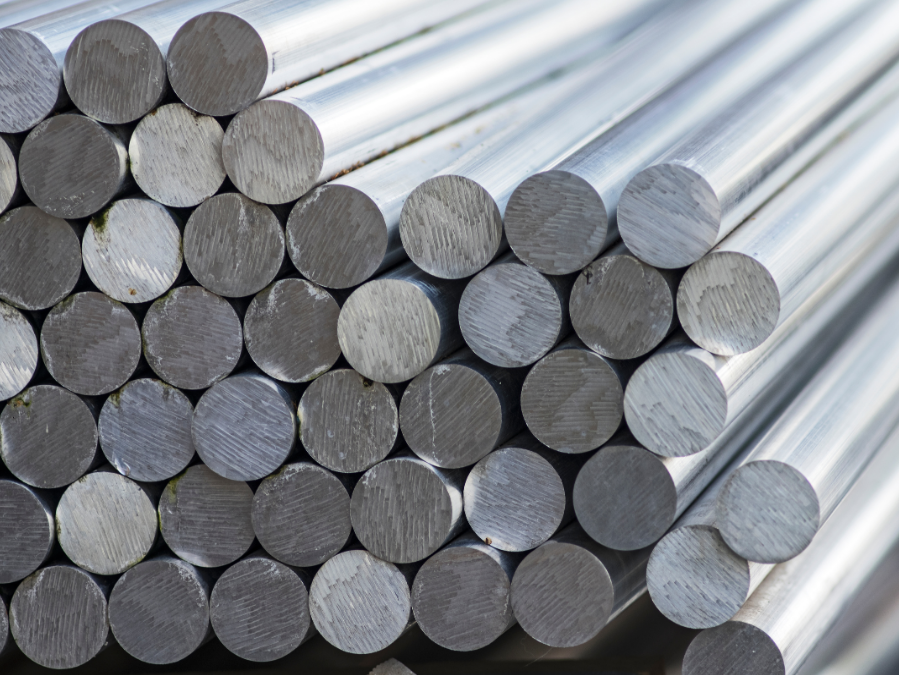Aluminum

Wittbecker on Aluminum: US-China trade war clobbers cross-Pacific trade
Written by Greg Wittbecker
April 25, 2025
Container shipping lines have sharply increased blank sailings on Transpacific routes in response to escalating trade tensions between the US and China. Blank sailings are canceled voyages.
The total blanked capacity for weeks 16-19 has surged to 367,800 TEU compared to just 60,000 TEU three weeks prior. The Asia-North America West Coast trade lane has seen scheduled capacity drop by 12% compared to six weeks ago, while the Asia-North America East Coast route experienced an even steeper decline of 14%.
On April 23, Hapag-Lloyd indicated customers have canceled 30% of shipments to the United States from China.
Instead, there has been a “massive increase” in demand for consignments from Thailand, Cambodia and Vietnam.
Why this matters
Clearly, the pipeline of Chinese goods to the US is slowing quickly. However, there is obviously enough inventory in the pipeline that it has yet to show up in wholesale or retail inventories and, more importantly, replacement pricing. One would expect this to start showing up by June or July.
Equally important is that the sharp decline in eastbound container movement will impact westbound export movements. The availability and cost of containers for export should change dramatically.
Containers are the lifeblood of US obsolete scrap exports to Asia. A 30% decrease in supply will lead to much higher container charges outbound and reduce the netbacks to US exporters.
IEEPA tariffs begin to sink in
The International Emergency Economic Powers Act (IEEPA) 25% tariff on Canada and Mexico is starting to manifest across many manufacturing sectors.
This is most pronounced in Mexico, where a host of major manufacturing sectors are facing the reality of not being USMCA compliant on rules of origin. About 21% of Mexico exports to the US are produced with components sourced from China. These include:
- Assembled automobiles and light trucks plus parts. The Mexican Association of the Automotive Industry (AMIA) says 8.2% of vehicles and 20.4% of auto parts do not meet 75% threshold for USMCA compliance.
- HVAC. According to Prodensa, 52% of Mexico’s HVAC component imports originated in China.
- Lighting fixtures. China is supplying a substantial share of LED components to Mexico assembly plants.
- White goods. Sheet products, wiring harnesses and small horsepower motors originating in China.
Why this matters
Mexico has built tremendous momentum in its value-added manufacturing base through the maquiladora (IMMEX) program. This accounts for 65% of Mexican manufacturing and exports of $475 billion in 2023. This industrial base is not moving north of the border. However, this will place enormous burdens on IMMEX manufacturers to rotate sourcing of components to USMCA member countries to avoid getting hit with the 25% IEEPA tariffs.
It won’t be easy for some components that simply are not manufactured in any of the three countries. However, in terms of basic aluminum components, such as castings, sheet, plate and extrusions, options do exist, and they will have to be exercised quickly.
Greg Wittbecker
Read more from Greg WittbeckerLatest in Aluminum

Wittbecker on Aluminum: Can port fees bring US shipbuilding back?
Representatives from bulk commodity shippers and consumer goods argued against the fees, saying it could cripple supply chains because of the very dominance that China has in the existing shipping fleet.

Tariff talks define Alcoa’s Q1
Operational results painted a picture of a company that produced more aluminum but shipped less of it as a result of tariffs and timing mismatches.

Wittbecker: What comes after ‘Liberation Day’?
A week after "Liberation Day," the global economy got a 90-day “stay of execution.” The Trump administration hit the pause button on many of its broad tariff measures, with the exception of China.

The Value Trap: USMCA compliance paradoxes
A counterintuitive aspect of the 25% tariffs on autos is these percentages are measured in value, not by weight or part count. That means a few costly imported parts can outweigh dozens of cheaper local ones – and vice versa.
